
30,000-Mile Update
Every long-term car in the Car and Driver parking lot tends to have some sort of through line that will follow it for most if not all of its 40,000-mile journey. Sometimes, it can be a positive attribute, like engaging driving dynamics or family-friendly convenience. In the case of our 2024 Kia Niro plug-in hybrid, though, the through line up to the 30,000-mile mark is the car's dual-clutch transmission and how it seems to enjoy tripping over its own feet.
The overarching theme in the Niro's logbook is one of transmission confusion. Entries have noted time and again that the transmission has issues both accelerating and decelerating smoothly. "Downshifts create this odd pulse through the brake pedal, robbing me of some confidence in stopping promptly," wrote research editor Matthew Skwarczek. "And upshifts often have a noticeable pause." Commerce editor Collin Morgan noted that he "only noticed the strange upshifts at around 50 mph, where it would get stuck at 3100–3200 rpm, and then shift whenever it felt like it."
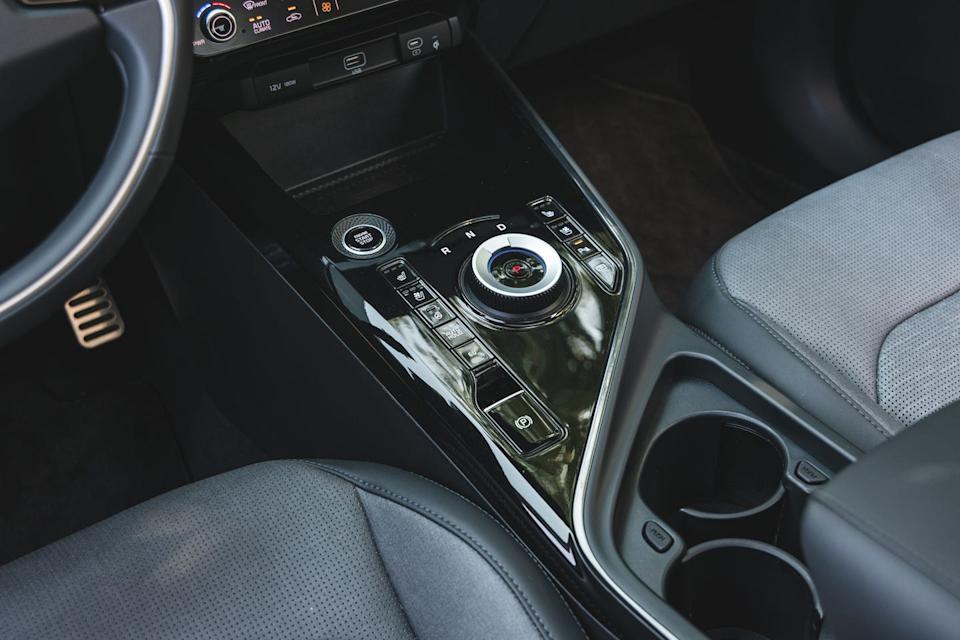
Assistant testing editor Mason Cordell took the Niro PHEV on a road trip to Indiana, and what do you know, he too had some gripes about the transmission. "The gearbox can't seem to make up its mind," he wrote. "It holds gears too long or short shifts when you actually need the torque." But the transmission eventually became the least of his concerns. During Cordell's trip, one of the tires was punctured and needed replacement. As luck would have it, the closest tire shop did not have the Continental ProContact RX XL currently on the Niro, so he drove off with a General Altimax RT45 all-season tire for $194. It's not ideal to run mismatched tread, so once the road trip concluded, we went ahead and replaced the General Altimax with the correct OEM rubber for an additional $185, plus another $64 for damage to the TPMS sensor in the original incident. So, for $443 we got one new tire for the Kia and one new planter for the garden.
Despite our dual-clutch gripes, we continue to sing many praises for the Niro. Buyer's guide managing editor Drew Dorian finds the Niro PHEV to be a no-nonsense delight every time he drives it: "There are few simple-but-good cars on the market, and this is one of them. Plus, I can't believe how well this one has held up over time. I also find the Niro satisfying to drive in a 'slow car' kind of way." Interior space is also viewed favorably, with contributing editor Jonathon Ramsey praising the spaciousness in both rows.

In the 10,000-mile stretch since our last update, the Niro PHEV went in for two different service appointments. The maintenance reminder started squawking about the car's 24,000-mile service, which includes an oil change with filter, as well as inspections and potential replacements for the cabin and engine air filters. Tire rotations are suggested every 8000 miles, so we threw that into the mix as well. The dealer charged us $129 for the oil change and tire rotation, but they did not perform the engine air-filter inspection, so we went back and, $57 later, had a new filter put in. When removing the Niro's winter tires in April, we noticed a bend in one of the wheels, which we had repaired for $105.
Complaints about the transmission aside, the Niro PHEV remains a capable choice for trips both short and long. The final 10,000 miles are upon us, and with summer road-trip season in full swing, we think they'll go by pretty quickly.
Months in Fleet: 14 months Current Mileage: 31,845 miles
Average Fuel Economy: 42 MPGe
Fuel Tank Size: 9.8 gal Observed Fuel Range: 410 miles
Service: $530 Normal Wear: $0 Repair: $105
Damage and Destruction: $443

20,000-Mile Update
On Saturday Night Live's "Coffee Talk" sketch, Mike Myers's Linda Richman character once reminded us that Rhode Island is neither a road nor an island. Just like that confusingly named state, our long-term Kia Niro plug-in hybrid exists between definitions that don't necessarily suit it based on our experiences. Is our 2024 Kia Niro PHEV working more like a standard hybrid or an electric vehicle? We've been talking amongst ourselves on this one as the Niro's odometer creeps past 20,000 miles, and the answer is... well, it depends.
If you really want to get the most out of your plug-in hybrid, you'll have to charge it, and we do—for the most part. Our Ann Arbor office has plenty of charging stations, and the Niro generally departs at the end of a workday with a full box of juice. But when it's not at the office, it's a crap shoot. Roughly one-third of our staff has charging solutions at home, and of that group, about half of them habitually plug in the Kia. Most of those who don't charge the Niro at home are apartment dwellers who lack access to even a 120-volt plug, forcing them to treat the car as a hybrid, which is how the Niro functions when it lacks the battery charge to operate on its electric motor alone. Senior editor Greg Fink was the sole staffer who raised his hand and said he regularly charged the Niro on a 120-volt plug, which he did at an Airbnb rental. A gold star for Greg.
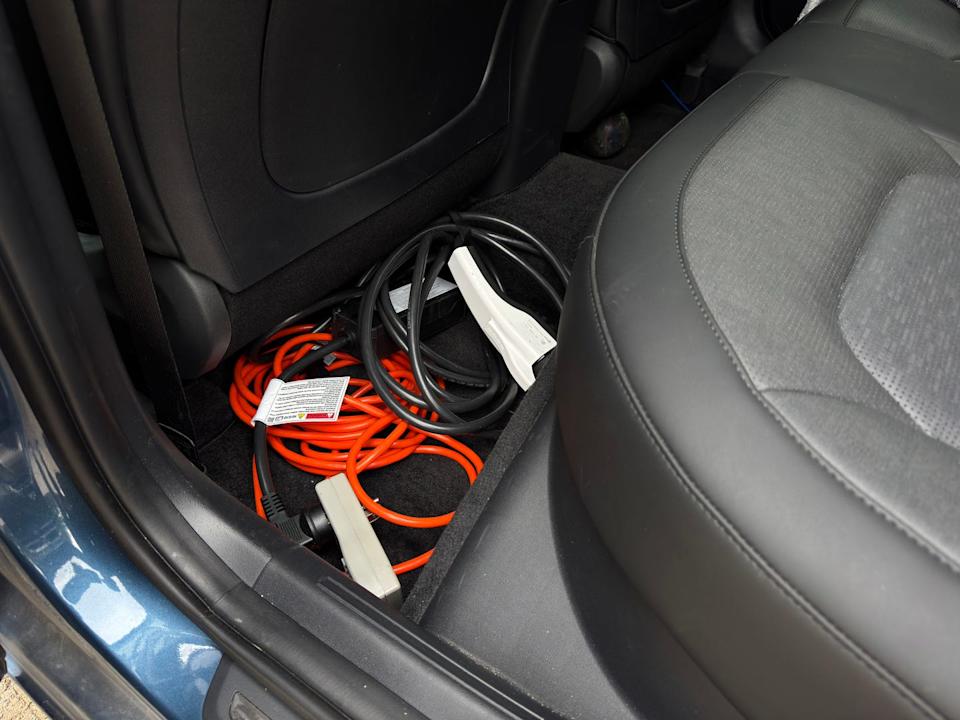
We also polled the staff about on-the-go charging. Interestingly, nobody mentioned charging the Niro PHEV on a Level 2 charging unit when out and about. There are a few reasons why this might be the case. Level 2 infrastructure in our neck of the woods isn't ubiquitous, so we often find ourselves in locations that simply lack the framework. There's also the matter of time: It takes around three hours to charge the 8.9-kWh lithium-ion battery, and someone may only be running a 10-minute errand, which doesn't leave much time to fill up. The gas engine's existence is another factor; with that fallback option, there isn't a true need to expend the effort to find a plug and charge up. There simply isn't any range anxiety, even when the instrument cluster says the battery is down to the electric equivalent of fumes.
With an EPA-estimated electric range of only 33 miles on a full charge, the Niro can't take us far before the battery drops to roughly 17 percent, the threshold where the car will only run as a hybrid. Managing reviews editor Andrew Krok and testing director Dave VanderWerp live close to the office, so they can commute on electricity alone, which means that most of the time the Niro is running like a hybrid for most of our staff.
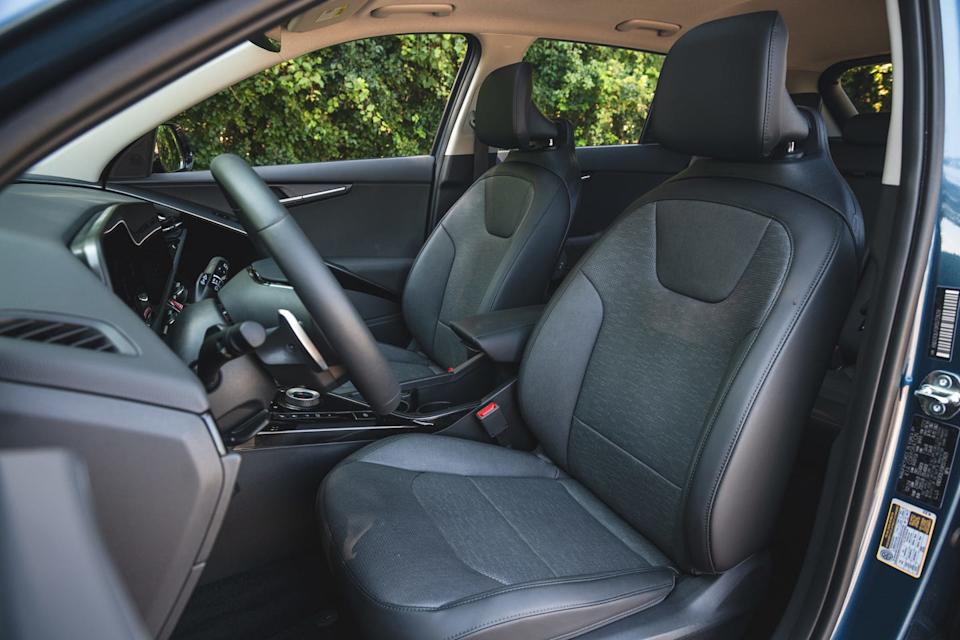
One of the logbook's most oft-voiced complaints concerns that electric motor. VanderWerp's main annoyance with electric operation comes from how Kia arranged the powertrain: "The electric motor shifts up through the gears even when running as an EV, which makes it not nearly as seamless as most actual EVs." Technical editor Mike Sutton echoed that comment, saying that the Niro is a fine little hatchback that gets around decently as an EV, albeit "a bit slowly and clumsily with that transmission." Head honcho Tony Quiroga added that the lack of power is his only complaint.
Since our last update, we took the Niro PHEV in for service at around 16,000 miles. The dealer performed an oil and filter change, rotated the tires, replaced the cabin air filter, and performed a multipoint inspection for a grand total of $206. Not too long after that, we took the Niro back in for some recall work; our model was recalled because the manual seat adjustment may contact and damage some airbag and seatbelt wiring. Since our Niro had no damaged wiring, the dealer installed a protective cover and sent us on our way. To handle whatever Michigan decided to throw at us over the winter, the Niro PHEV donned a set of Nokian Remedy WRG5 all-weather tires, which performed admirably in the snow.
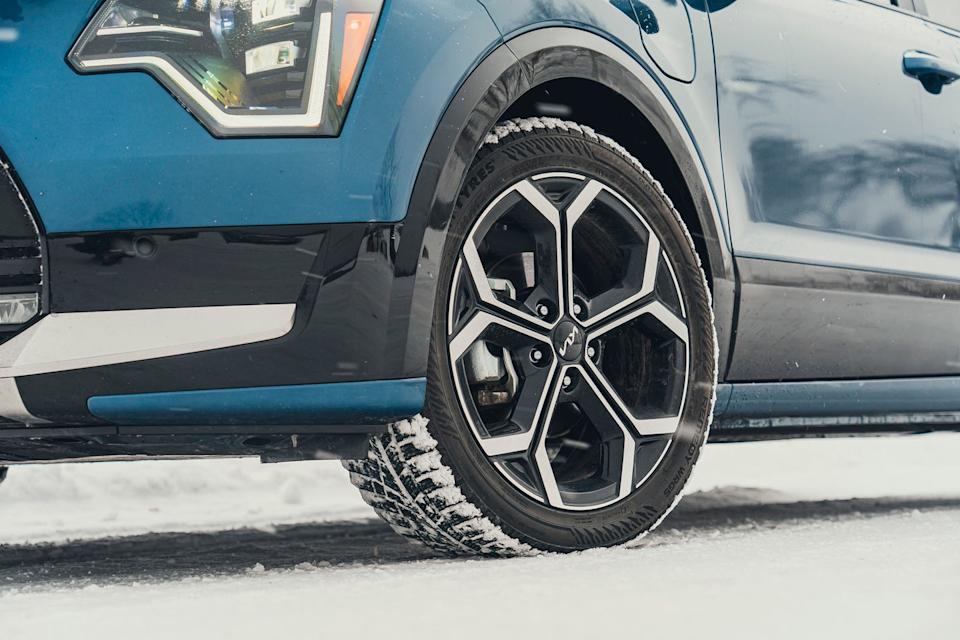
But while the snow didn't faze us, the temperature did; our first 10,000 miles saw an average fuel economy of 42 MPGe, but colder temps (and the winter tires' higher rolling resistance) brought that average down to 40 MPGe as we approached the 20,000-mile mark. In the first 18,500 miles, 437 gallons of fuel entered the Niro PHEV's tank (not counting the gallons used for vehicle testing). Over that same distance, various plugs have added 736 kilowatt-hours to the battery, which is the energy equivalent of only 22 gallons of fuel.
What makes plug-in hybrids interesting, though, is that they can be used in a variety of ways. Our use of the Niro PHEV may not be the same as someone who owns a home charger and takes maximum advantage of the EV range with mostly in-town driving. But that isn't a possible use case for us; with our daily driver swaps, frequent road trips, and lack of consistent home charging, the Niro PHEV ends up living as a hybrid far more often than it does as an EV.
Months in Fleet: 10 months Current Mileage: 20,743 miles
Average Fuel Economy: 40 MPGe
Fuel Tank Size: 9.8 gal Observed Fuel Range: 390 miles
Service: $344 Normal Wear: $0 Repair: $0
Damage and Destruction: $0
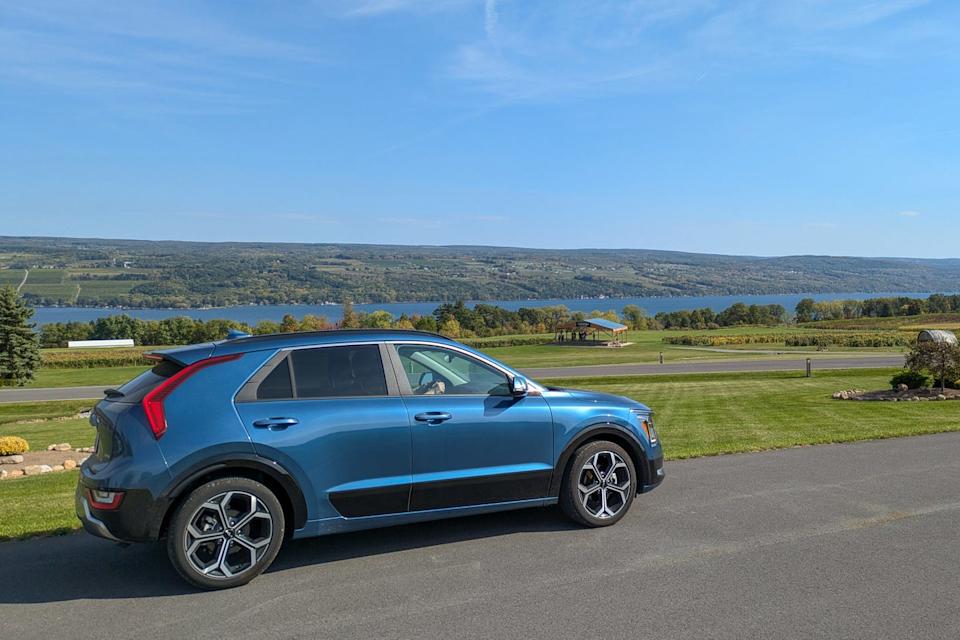
10,000-Mile Update
Oh, the places you'll go in a 2024 Kia Niro PHEV! We may have taken some time to start racking up the miles on our plug-in-hybrid Niro, but once it hit the road in earnest, it's been a road-trip warrior since.
Copy editor Meredith Conrow drove the Niro to New York to run a half-marathon, spending plenty of time in the PHEV and hitting several interesting places along the way, such as Letchworth State Park ("the Grand Canyon of the East") and the Finger Lakes. She thought the Niro was a great road-trip companion: "The gas mileage is great, the seats and ride are comfortable, and it's got plenty of zip for passing maneuvers," she wrote in the logbook. Overall, the car had more than enough space and storage for her and her husband, but they did have some gripes: There was no place for her purse, it could use a couple more cupholders, and relying on a single swappable interface for both infotainment and climate controls was frustrating.
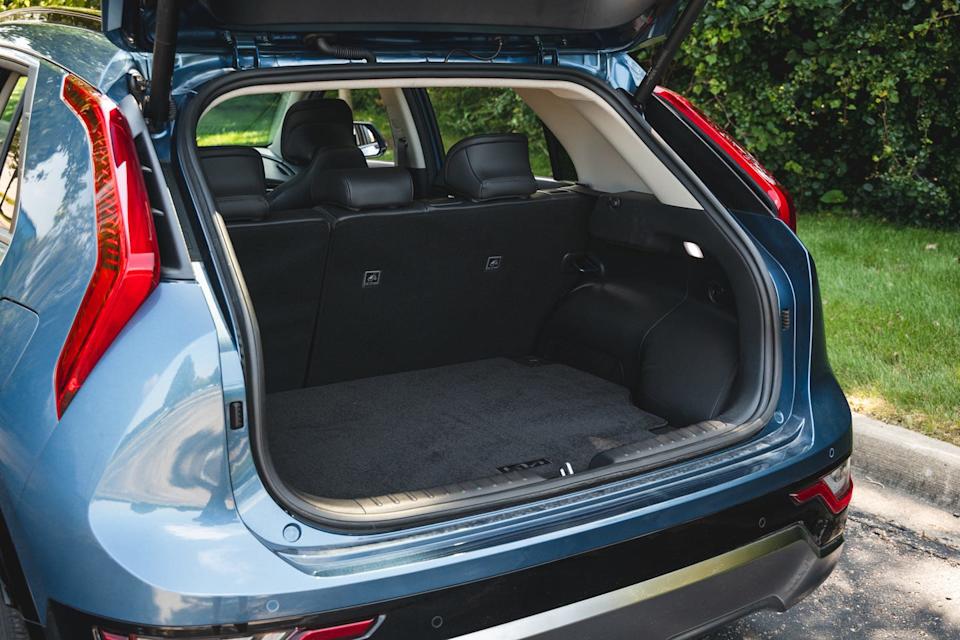
Many a staffer has been keen to assess how PHEVs fit into day-to-day life. Deputy video editor Carlos Lago's logbook entry cast the PHEV "ownership" experience in a positive light: "It's nice running errands within the EV-range window while still seeing 400-plus miles of overall range." Based on his needs, plugging into a standard 120-volt outlet overnight was sufficient to have a full battery for the next day. What hasn't been sufficient for Lago, however, is the operation of the driver's-side sun visor—and don't even start when his garage door opener is also attached to it.
The PHEV's powertrain has proved useful in many instances, but we have also heard a lot of noise about the e-motor and how it moves through the gears. Senior editor Andrew Krok noted, "Running the e-motor through the dual-clutch transmission was certainly a choice," given the occasional frustrating pauses in electric motivation. Senior editor Greg Fink wrote that the gas-electric setup is very dependent on battery level. The whole thing needs a good bit of electricity to run at full bore, and when the battery charge gets low, "the little 1.6-liter will just drop down a gear at highway speed and rev its little heart out to both replenish the battery and assist in propelling the car forward." Or at least that's what Fink assumes, because at no point did he feel like those downshifts were necessary due to a lack of power.
So far, the PHEV experience has had hits and misses, with efficiency leaning toward the latter. Many of our Niro's first 10,000 miles have come from road trips, which isn't optimal as far as battery use is concerned, yet our average fuel economy has bumped from 40 MPGe up to 42 MPGe. But with winter coming, those long road trips may be few and far between, giving us more time to enjoy the PHEV's electric operation, which will certainly be trying its hardest in the forthcoming colder weather.
Months in Fleet: 7 months Current Mileage: 13,817 miles
Average Fuel Economy: 42 MPGe
Fuel Tank Size: 9.8 gal Observed Fuel Range: 410 miles
Service: $138 Normal Wear: $0 Repair:$0
Damage and Destruction: $0

Introduction
While most automotive conversations these days focus on hybrids or fully electric vehicles, there's a groundswell of interest in plug-in hybrids, which offer the flexibility of a hybrid but with a plug and a larger battery for genuine electric travel. Our long-term garage has been thick with just about every kind of propulsion except for PHEVs, so when Kia decided to add a more powerful electric motor to its 2024 Niro PHEV, we thought it would be a good opportunity to get better acquainted with this middle-ground approach that continues to grow in popularity.
We've only previously welcomed two long-term PHEVs to our stable: a 2018 Chrysler Pacifica, which might have been ahead of its time and didn't hold up to the gasoline-powered Pacifica; and a 2020 Volvo S60, which arrived right at the beginning of the tumultuous work-from-home era and didn't allow for much EV operation given the lack of home-charging options at the time. Now, we're back in the office, with new EV chargers about to be installed, so we'll have plenty of chances to see how much we can squeeze from the Niro, which is rated at 33 miles of EV-only operation.
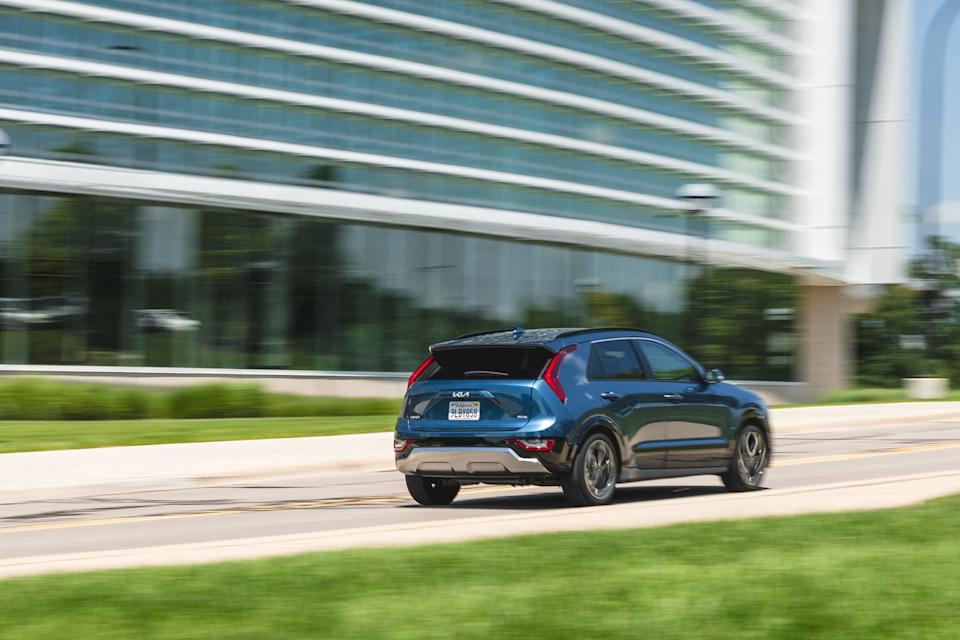
When it came time to choose how we wanted to spec our Niro PHEV, we opted for the SX Touring trim, which starts at $41,515 and comes with a 1.6-liter four-cylinder gas engine paired with an 83-hp electric motor sandwiched between the engine and transmission, as well as an estimated 8.9-kWh lithium-ion battery located under the rear seat. Total output is rated at 180 horsepower and 195 pound-feet of torque. Moving up to the SX Touring boosts the PHEV's price by $5750 over the base EX, but the features list grows significantly. In addition to increasing the wheel size to 18 inches, the SX Touring adds a power sunroof, a power liftgate, a Harman/Kardon premium audio system, and front seats with both heating and ventilation. We also tacked on carpeted floor mats for $175 and a cargo mat for $95, taking us to a grand total of $41,785.
The Niro PHEV arrived with its break-in miles completed, so we were able to jump right into testing. Our initial results include a 7.5-second romp to 60 mph and a quarter-mile pass of 15.8 seconds at 89 mph. That proved quicker than a 2023 Niro hybrid we tested that needed 8.9 seconds to reach 60 and ran the quarter-mile in 16.9 seconds at 82 mph. Weighing in at almost 3500 pounds, the Niro PHEV pulled 0.83 g around the skidpad, while the hybrid gave us a stickier result of 0.87 g. In our 70-mph braking test, the Niro PHEV ground itself to a halt in 185 feet, nowhere close to the lighter hybrid's more impressive 168-foot stop.
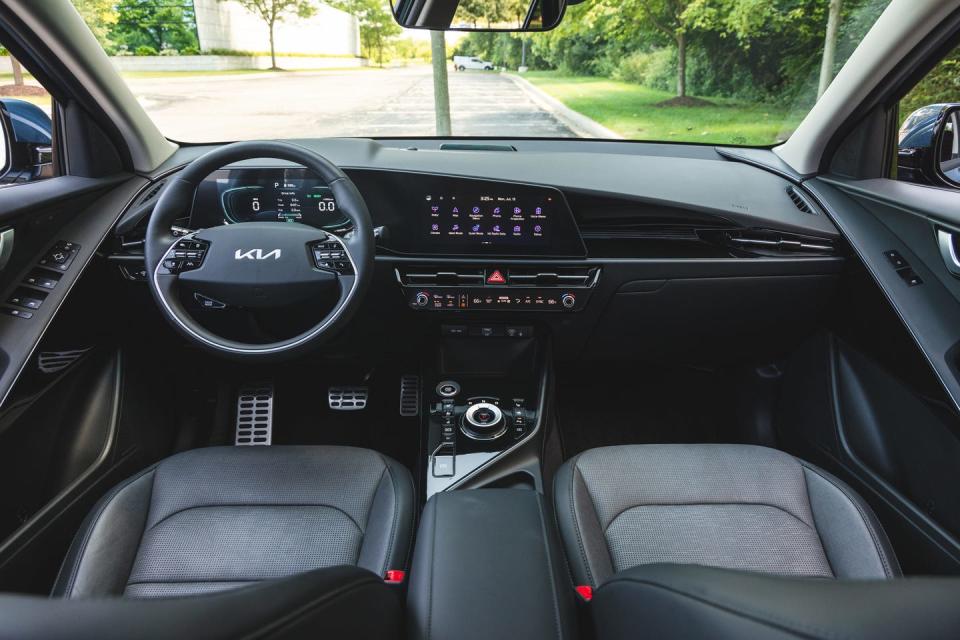
It didn't take long for us to get the Niro PHEV on the road. Almost immediately, we took a trip to Kansas City that had the Kia returning an average of 38 mpg over the course of 1591 miles. But PHEVs introduce an interesting twist: Most PHEVs, including this Niro, are not equipped to be recharged during road trips. They only have the SAE J1772 plug without DC fast-charging capability, so you aren't able to plug it into, say, your local high-speed Electrify America stall. If you can't find a basic Level 2 charger where you can park for a few hours, or if you lack access to a 120-volt plug for overnight charging, you'll probably treat your plug-in more as a regular hybrid. However, if you're able to charge overnight and you keep the trips short, those 33 miles of estimated EV range should make for minimal gas-engine usage in daily driving.
In addition to treating the Niro PHEV as we would any other long-term vehicle, we are excited to dive into plug-in-specific questions during our time with it. How much range can you really get from the battery? How many of our 40,000 miles will we be able to cover on electricity alone? Do PHEVs with a low-range battery even do much? These are all questions we're looking forward to investigating over the course of the next year.
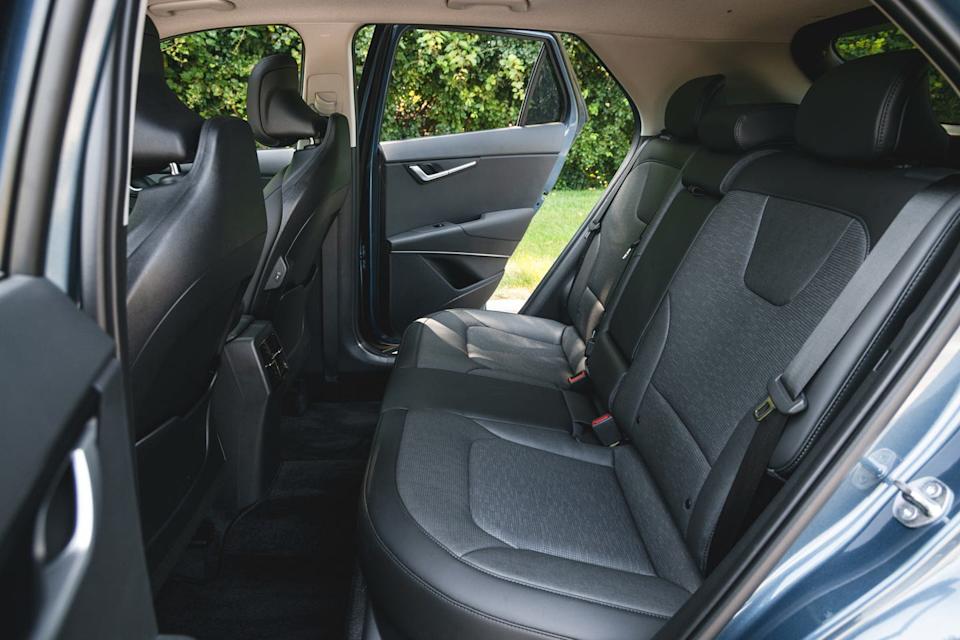
Months in Fleet: 2 months Current Mileage: 6004 miles
Average Fuel Economy: 40 MPGe
Fuel Tank Size: 9.8 gal Observed Fuel Range: 390 miles
Service: $0 Repair: $0
You Might Also Like

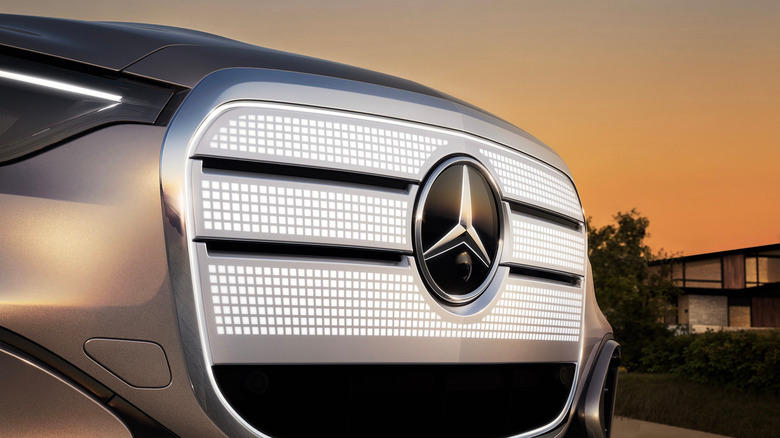
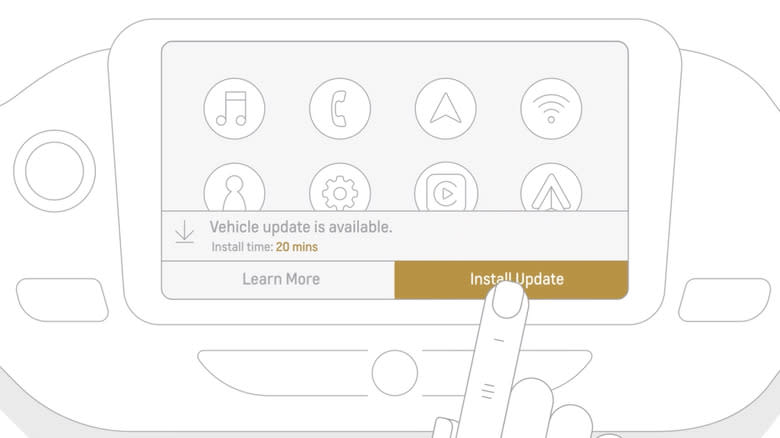
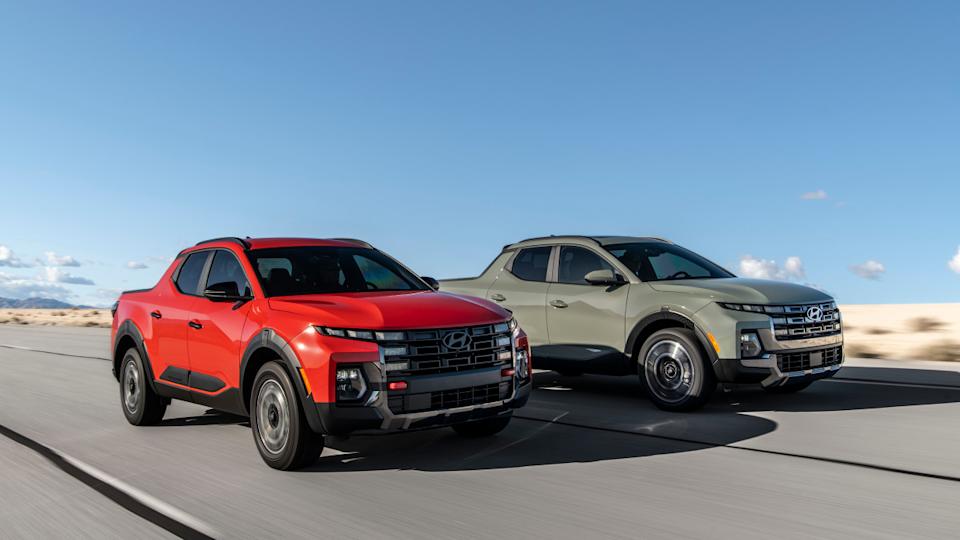
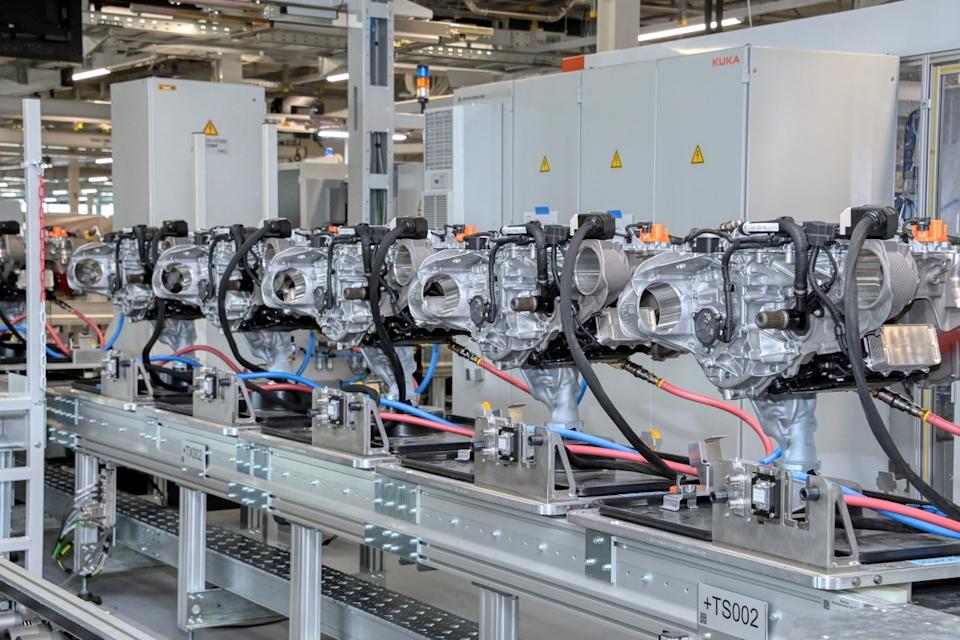


Comments